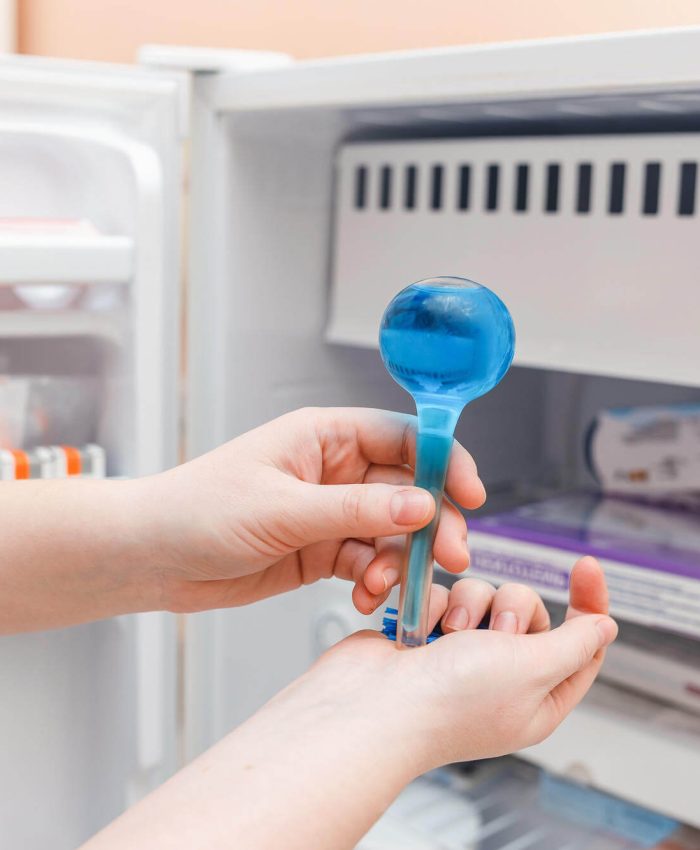Premium Quality
Our gift hampers are filled with high-quality gourmet products, ensuring a luxurious experience for every recipient.
Wide Selection
From sweet treats to savory delights, our diverse range of hampers caters to all tastes and preferences.
Nationwide Delivery
We offer reliable delivery services to Adelaide, Perth, Brisbane, and other major cities across Australia.
finest gourmet gift hampers
Gourmet Bites Hamper
Indulge in a selection of the finest gourmet bites, perfect for food lovers. Our hampers include artisanal cheeses, premium chocolates, gourmet nuts, and more.


Recommendations
Personalized Gifting Experience
At Mazidtt Limited, we believe that every gift should be as unique as the person receiving it. That’s why we offer gift hampers Adelaide to add a personal touch to your hampers. From personalized messages to custom selections, we ensure your gift stands out and creates lasting memories.
finest gourmet gift hampers
elegance to any occasion
Whether you’re looking for birthday gift hampers, Easter gift hampers, or special treats for Mother’s and Father’s Day, we have you covered. Serving Adelaide, Perth, Brisbane, and beyond, our beautifully crafted hampers are designed to impress and delight.


Enjoy every
moment
Our Blogs
- All Projects
- 4 Wick Candle
- adelaide gift hamper
- Best Tattoo Parlours
- Candle Wick Holder
- Candle Wick Wood
- Christmas Hampers
- Corporate Hampers
- Easter Hampers
- Electronics
- Food
- Gift Boxes For Dad
- Gift Hampers Sydney
- Hampers For Him
- Happy birthday flowers
- King Mattress
- Mothers day flowers
- Motor Bikes
- temperature monitoring solutions
- Wedding Flowers
- Wick Candles
- Wireless Temperature Monitoring



Our Mission
Our mission at Mazidtt Limited is simple: to provide our customers with exceptional gift hampers that create lasting impressions. We believe that a thoughtfully curated gift can convey appreciation, love, and celebration in a way that words alone cannot. We strive to make every gifting moment special with our carefully selected products and elegant presentations.
Customers Review
I recently used Mazidtt Limited for a corporate event, and their hampers were a perfect choice. The customization options allowed us to include our company branding, which added a professional touch. Our clients were delighted with the gourmet selections and we received many compliments. Excellent service and timely delivery!
Mazidtt Limited exceeded my expectations with their Mother's Day gift hampers. The luxurious spa products and delicious chocolates made my mom feel truly pampered. The attention to detail and quality of the items were outstanding. I will definitely be ordering from them again for future occasions.
I ordered a Gourmet Bites Hamper from Mazidtt Limited for my wife's birthday, and it was a huge hit! The selection of gourmet treats was impressive, and the presentation was beautiful. She loved every item, and it made her day extra special. I highly recommend Mazidtt Limited for anyone looking to give a thoughtful and high-quality gift.










